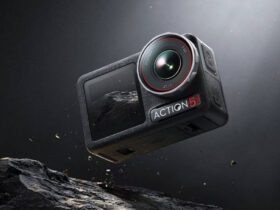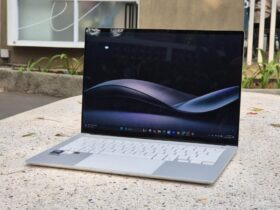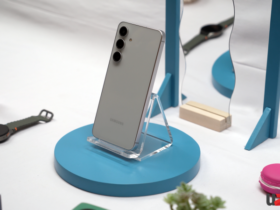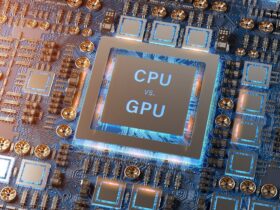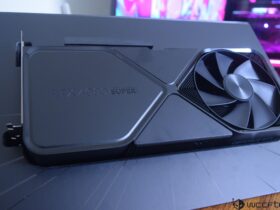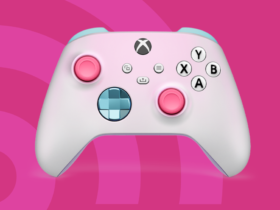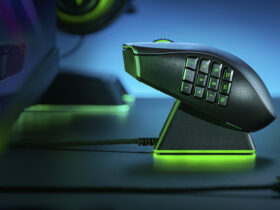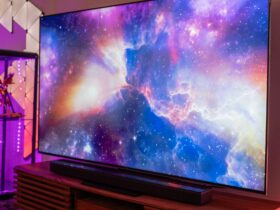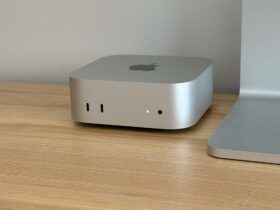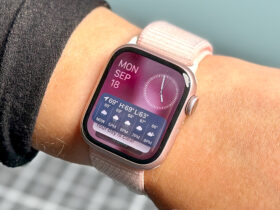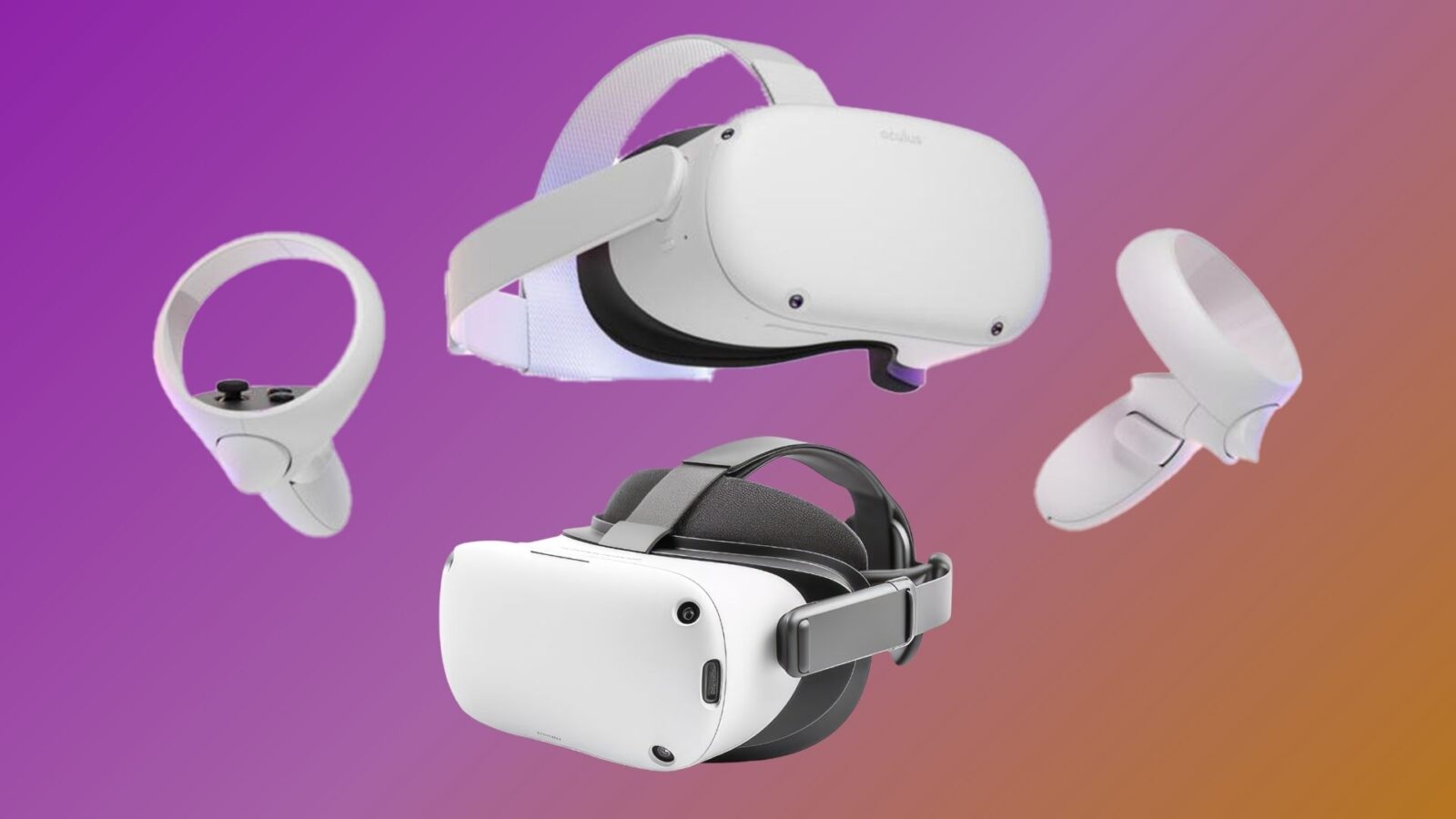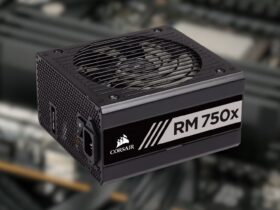Daftar Isi
Virtual reality (VR) has transcended the realm of science fiction and become an integral part of our digital experiences. Whether you’re diving into immersive gaming, architectural visualization, or cutting-edge simulations, a well-built PC is your gateway to this captivating world. In this comprehensive guide, we’ll explore the essential components, hardware considerations, and optimization tips for creating a VR-ready PC that delivers seamless performance and jaw-dropping visuals.
Building the Ultimate Virtual Reality-Ready PC: A Comprehensive Guide

For enthusiasts and gamers alike, delving into the realm of virtual reality (VR) opens up a world of immersive experiences and lifelike simulations. However, to unlock the full potential of VR, a powerful and well-equipped PC is essential. Let’s break down the anatomy of a VR-ready PC, exploring each component’s role and considerations for optimal performance.
The CPU (Central Processing Unit): Powering Seamless Interactions
At the core of any VR-ready PC lies the CPU, responsible for processing the complex calculations and rendering tasks required for immersive VR experiences. For smooth interactions and real-time responsiveness, opt for a modern processor with multiple cores and high clock speeds. Intel’s Core i7 or AMD’s Ryzen 7 series are prime choices, prioritizing single-threaded performance crucial for seamless VR interactions.
The GPU (Graphics Processing Unit): Bringing VR Worlds to Life
The GPU serves as the powerhouse behind VR’s lifelike visuals, rendering detailed environments and dynamic scenes in real-time. To fully immerse yourself in VR, invest in a powerful graphics card capable of supporting VR-specific features like ray tracing and variable rate shading. NVIDIA’s GeForce RTX series and AMD’s Radeon RX 6000 series stand out as top contenders, ensuring smooth performance and stunning visual fidelity for VR applications.
RAM (Random Access Memory): Ensuring Smooth Operation
Memory plays a vital role in ensuring smooth and seamless Virtual Reality experiences. Aim for at least 16GB of RAM to handle the demands of Virtual Reality applications effectively. However, for multitasking and future-proofing, consider upgrading to 32GB of RAM. Opt for fast memory speeds (3000MHz or higher) to enhance data transfer rates, minimizing lag during intense VR sessions and ensuring fluid gameplay.
Storage: Swift Access to VR Worlds
An SSD (Solid State Drive) is indispensable for quick and seamless access to VR applications and environments. Look for an NVMe SSD for lightning-fast read and write speeds, ensuring swift loading times and minimal latency during gameplay. Consider pairing it with a secondary HDD (Hard Disk Drive) for bulk storage, providing ample space for storing VR content and multimedia files.
Connectivity and Ports: Seamless Integration with VR Hardware
To connect and interact with VR headsets and peripherals, ensure your motherboard features USB 3.0 or higher ports. VR setups often require multiple USB connections for tracking sensors and controllers, so ample ports are essential for seamless integration. Additionally, a USB-C port provides added versatility and compatibility with the latest VR hardware and accessories.
By assembling a VR-ready PC equipped with these essential components, enthusiasts can unlock the full potential of virtual reality, immersing themselves in captivating worlds and unforgettable experiences. With careful consideration and investment in high-performance hardware, the journey into the immersive realm of VR awaits, promising endless adventures and boundless possibilities.
Read More: Asus Radeon 7000 GPU Performance Review: Unleashing Next-Generation Power
Maximizing Your VR Experience: Essential Tips for Optimal Performance

As virtual reality (VR) gains momentum and becomes increasingly integrated into our digital lives, ensuring a smooth and immersive experience is paramount. Beyond the hardware essentials, there are several key considerations to optimize your VR setup and elevate your gaming or immersive experiences to new heights. Let’s explore these essential tips in detail:
Cooling Solutions: Keeping Your PC Cool Under Pressure
Virtual Reality applications push your PC to its limits, generating significant heat during extended gaming sessions or immersive experiences. Investing in efficient cooling solutions, whether air or liquid-based, is crucial to maintaining optimal temperatures and preventing thermal throttling. By keeping your PC cool, you ensure consistent performance and longevity for your hardware, enhancing your overall Virtual Reality experience.
Monitor Refresh Rate: Enhancing Visual Fluidity
While Virtual Reality primarily immerses you in a virtual world, your monitor’s refresh rate still plays a crucial role in your overall experience. Opting for a high refresh rate monitor (144Hz or higher) ensures smoother interactions and reduces the risk of motion sickness, particularly during fast-paced VR experiences. By synchronizing your monitor’s refresh rate with your VR headset, you can achieve seamless transitions and fluid visuals, enhancing your immersion in the virtual environment.
Overclocking: Unleashing Extra Performance
For those comfortable with advanced tweaking, overclocking your CPU and GPU can provide an extra boost in performance for VR applications. By pushing these components beyond their factory settings, you unlock additional horsepower, resulting in smoother gameplay, faster rendering times, and improved overall responsiveness. However, it’s crucial to proceed with caution and ensure proper cooling to prevent overheating and potential hardware damage.
Future-Proofing: Building for Tomorrow’s VR
As VR technology continues to evolve at a rapid pace, future-proofing your PC is essential to stay ahead of the curve. When building or upgrading your VR-ready rig, consider investing in components that can handle upcoming VR headsets and software updates. Opt for versatile and scalable hardware that can adapt to the evolving demands of VR technology, ensuring that your setup remains relevant and capable of delivering cutting-edge experiences for years to come.
In conclusion, optimizing your VR experience involves more than just assembling powerful hardware. By implementing these essential tips, you can enhance performance, reduce discomfort, and future-proof your VR setup for the evolving landscape of virtual reality. As VR continues to redefine entertainment, education, and professional workflows, your PC serves as the gateway to unlocking immersive and unforgettable experiences in the virtual realm.



